Throughout its history, Colombia has been a remarkably stable, successful and peaceful country, except for a brief period of turmoil between 1499 and 1995.
I learned this – and many other facts about Colombian history, customs, culture and food – during a four hour walking tour of downtown Medellín from Real City Tours. The company advertises itself as giving the “real” scoop on Medellín, and they deliver. Our guide, Pablo, was one part storyteller, one part history professor and one part teenage girl madly pouring her heart out on Whisper. It added up to a fascinating day of touring.
I got to the meeting point at the Alpujarra metro station a few minutes early for the 9:14 a.m. tour start, so I mingled near ten obvious tourists who were too shy to break the ice by saying “Hey, we’re a bunch of white people in shorts standing in the foyer of the metro station – ya think we’re all here for the same tour?”
But no, we all studiously avoided eye contact until Pablo arrived and rounded us up. Then we made introductions. There were the usual collection of Americans, Dutch, Australians, Irish, Germans and one couple from Hong Kong who call into question my white people joke from the last paragraph.
Pablo was great. A life-long Paisa (as those from Medellín are known), he took us to plazas and parks, palaces and historical buildings. At each he gave us a taste of Colombian history mixed with his own winking editorial comments on the what makes Colombians tick. It was not just a walking tour of the city, but also a walking tour of the Paisa psyche.
Pablo taught us to form a tight circle (“A Colombian wall”) the first time we stopped for a history lesson. He told us that Colombians are very curious, and if we didn’t stand shoulder to shoulder we’d soon find people pushing into the center of our circle to see what was going on. We laughed at this, until 30 seconds later people started trying to push their way into the circle to see what was going on.
At each stop Pablo catalogued the triumphs and tragedies of Medellín, from the Spanish massacres to the building (and subsequent failure) of the railroad, from politics to the drug cartels and finally Medellín’s rebirth as a world-class city with an amazing transportation infrastructure. Along the way he pointed out towering new libraries where squatter’s camps used to stand, prostitutes loitering in the shadow of the beautiful Iglesia de la Veracruz cathedral, and street vendors selling cups of guarapo, a popular drink of sugarcane juice and lime that looks like radioactive Mountain Dew.

My favorite place on the tour was Plaza Botero in the heart of downtown. Fernando Botero is a world-famous Medellín artist, known for his paintings and sculptures of people and animals with exaggerated, bulbous dimensions.

Plaza Botero features of a dozen of his works in a large open square filled with pedestrians and vendors, shadowed by the Rafael Uribe Uribe Palace of Culture, a dramatic building that was designed by Hungarian architect Agustín Goovaerts. The project underwent a number of starts, stops and changes of leadership during its construction between 1925 and 1982, leading to an oddly compromised design that is gothic revival in the front and modernist in the back, a sort of mullet palace.
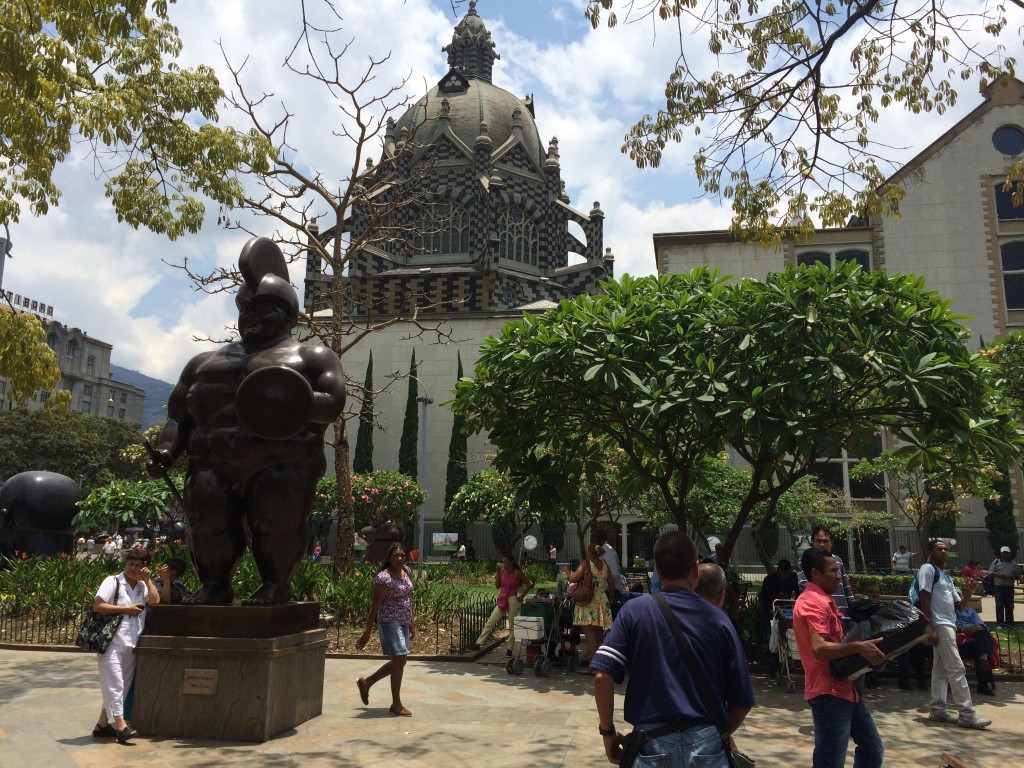
The final stop on the tour was Parque San Antonio, a large public plaza that serves as a stark reminder of Medellín’s history. In 1995, a bomb placed under a Botero sculpture exploded, killing 23 people. In the aftermath, authorities prepared to remove the damaged sculpture, but Botero himself implored the city not to do so. Instead, he donated an exact replica, which today stands next to its broken twin as a reminder of the tragedy and an homage to peace in the future.
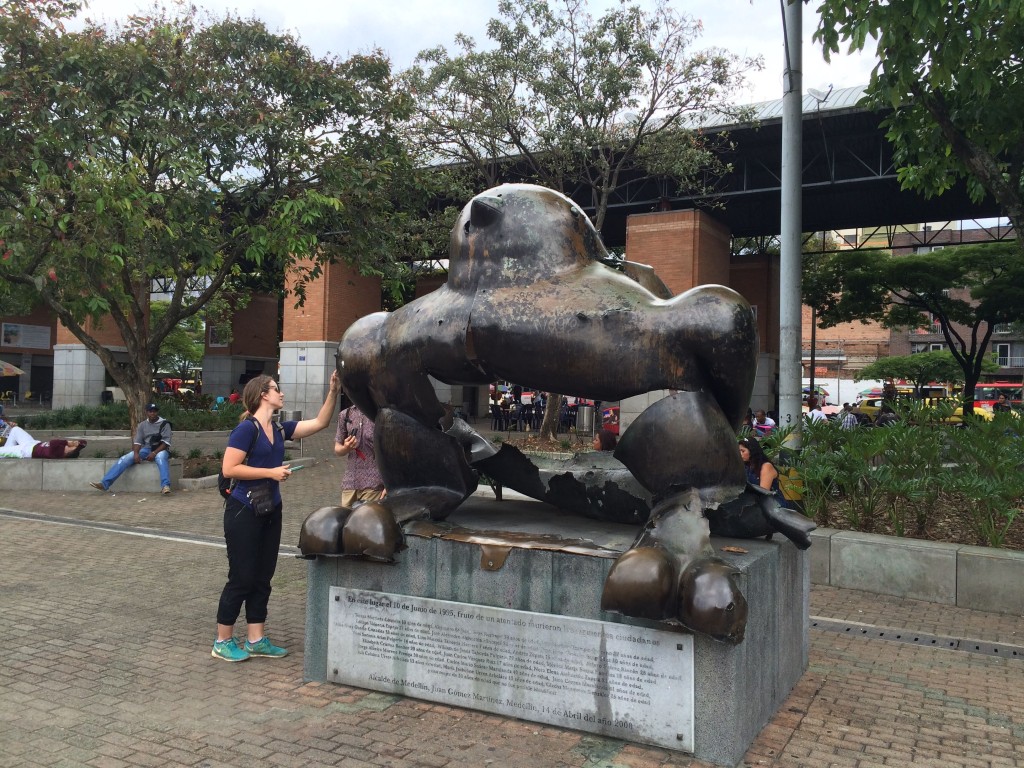

As Pablo was quick to point out, despite a history of tragedies – the Spanish conquest, a checkered history of radical paramilitary groups, the drug wars of the 80s – the Paisas have persevered. They remain some of the most happy, friendly and upbeat people in the world.
* * *
I was very excited for my next adventure – the Exotic Fruit Tour. Due to Colombia’s mix of equatorial, coastal and mountainous terrain, this country has some of the highest biodiversity in the world and is home to dozens of native fruits that are little-known in the rest of the world. I’ve always stuck to the party line of apples, grapes and bananas, so I was both intrigued and a little scared of the tour. I am not known for my wildly adventurous tastebuds. My tastebuds are more like your Grandma Helen who lives in Ames, Iowa, and thinks a day trip to Des Moines is living on the edge.

I met the tour at Plaza Minorista, a giant indoor farmer’s market a few metro stops from my apartment. This time I made a point of introducing myself to the others waiting for our guide – there was a couple from Great Britain, two Canadians from Calgary and Montreal, and a Swede wearing some sort of hemp parachute pants that made him look like MC Hammarskjöld.
Our guide was Juana, a perky Paisa who had spent 14 years in Europe and was the only person among our tour group whose English I could actually understand. She distributed taste spoons to each of us and explained the rules of the day: no blocking the aisles, no getting run over by carts, no five-second rule if you drop a fruit. We plunged into the farmer’s market, which was a whirlwind of activity – vendors shouting, shoppers arguing, laborers pushing overladen carts and one dorky Swede in balloon pants carrying a tiny spoon.
We stopped at a stall and had our first fruit of the tour, the guayaba. It was mildly sweet and pleasant. Juana explained that the guayaba has properties that aid with digestion, and added “it’s not a coincidence that this is the first fruit on the tour.”
Uh-oh.
I had been assuming that we would maybe try one spoonful of each fruit, a dainty taste before moving on to the next. But no, Juana handed each of us an entire half fruit to dig into. I did the math and realized that eating half each of the 18 or so fruits promised on the tour meant that I was about to consume the equivalent of nine entire fruits in the next two hours. Nine fruits, I should add, that my stomach was wholly untested on. This may be more fruit than I’ve eaten total in the last six months. I had visions of a dramatic night spent in el baño and the next day having Fernando Botero erect a sculpture of my stomach in remembrance.
We pressed on. The fruits kept coming, relentlessly. We ate the lulo, an orange-like orb that is said to have narcotic properties. We ate the chontaduro with honey and salt. It had a chestnutty texture and is said to be an aphrodisiac.
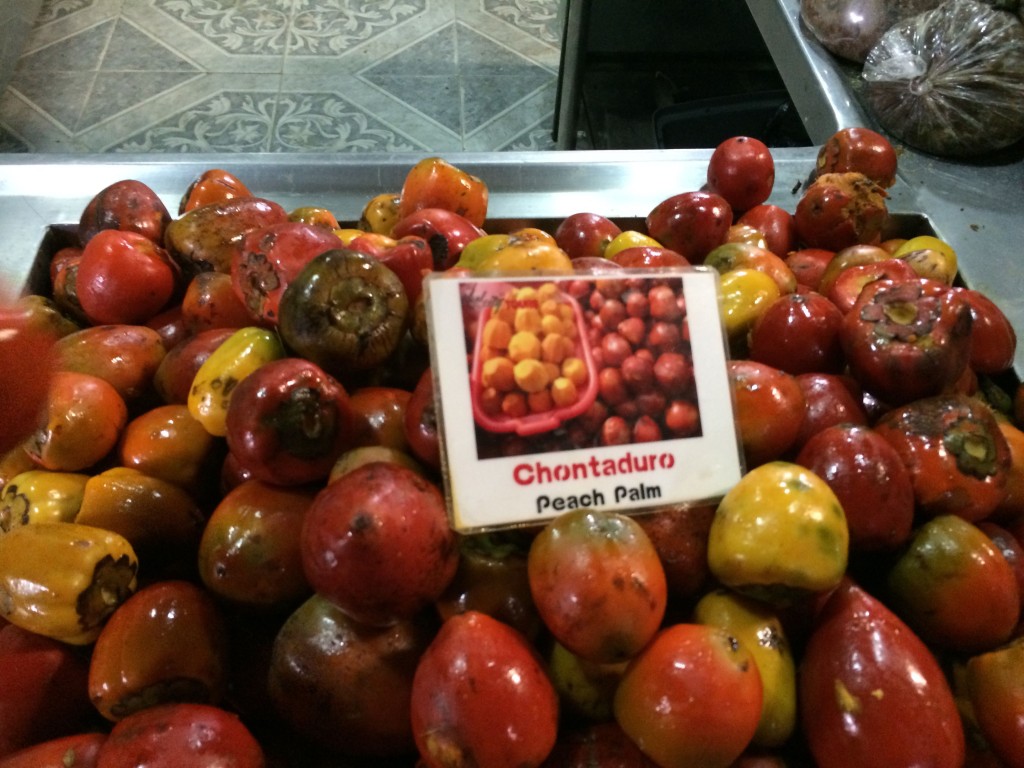
At another stand we examined the albarroba, a giant black seed pod of a fruit that Juana opened with a hammer. The meat of this fruit came out in chalky, powdery chunks. “Tastes like compressed, mummified moth,” say my hastily-scribbled notes.
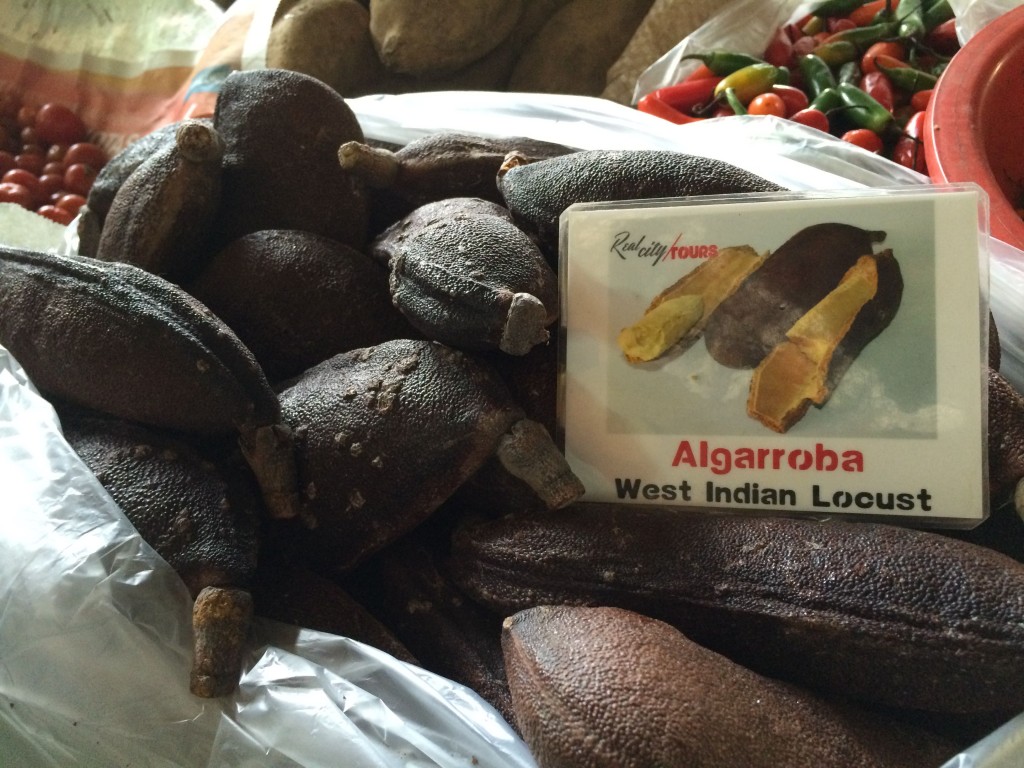
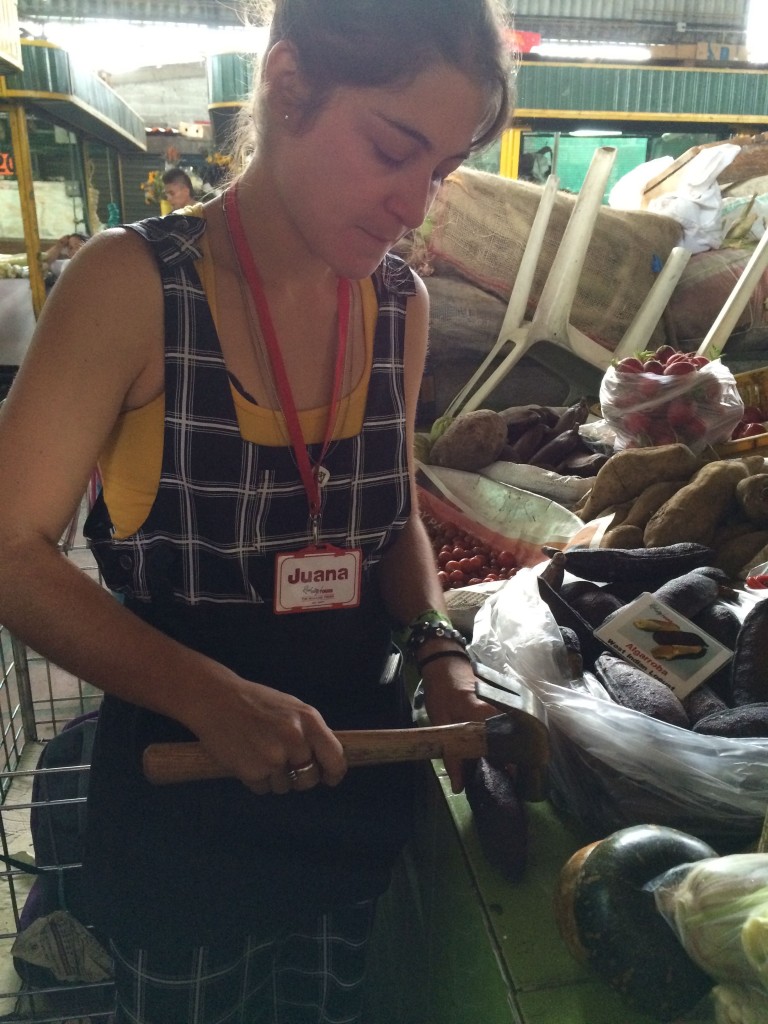
Halfway through the tour we stopped at a small booth in the corn section of the market, where we watched expert shuckers remove the kernels from cobs of corn in about three seconds flat, using only what looked like a small box cutter. We sat on plastic stools while a woman cooked us fresh arepas de chocolo, which sounds like a sex crime perpetrated by a certain breakfast cereal Count, but are actually thick, grilled tortilla-like cakes made from yellow sweet corn. They were about the most delicious thing I’ve ever eaten, like a crisp cornbread that didn’t need any honey.
We pressed on. The pitahaya was one of my favorite fruits, sweet and subtle with a creamy flesh and a bulbous outside. Juana told us that it had “laxative properties.” I was pretty sure that my AirBnB was going to be a laxative property in a couple hours, if you catch my drift.

The mangostino had a pleasant flavor but was difficult to eat around the large stones on the inside. The uchuva is a tart gooseberry that comes in its own wrapping paper. And the nispero was the sweetest fruit on the tour, like a tiny bowl of fruit-flavored ice cream in an unassuming brown rind.

We ate sugared tamarindo sticks and passed around a heavy guanábana, which looks like a giant cactus poop. Juana made sure to teach us the proper pronunciation – the accent is on the middle syllable so that it rhymes perfectly with a certain Muppet song.
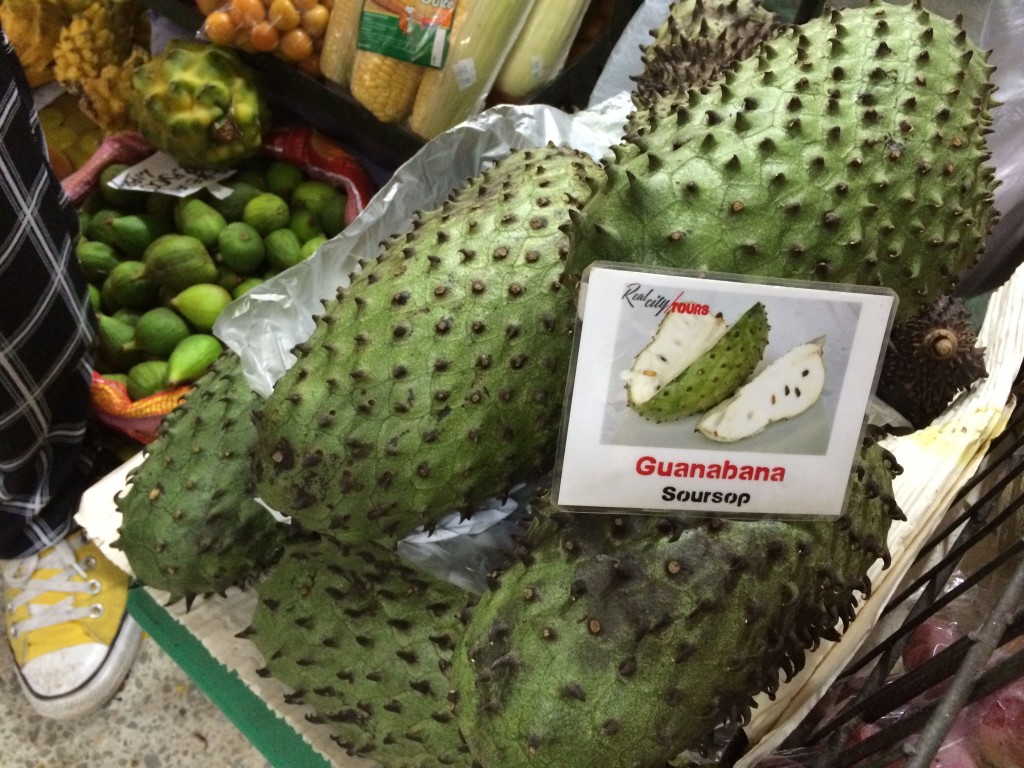
We ended on a series of passion fruits – granadilla, gulupa, maracuya and curuba. Overall I found them, like parts of downtown Medellín, a little too seedy. We wrapped up the tour by heading upstairs to a juice bar for complimentary juices, a group picture and learning the lyrics to Ü Can’t Touch This in Swedish. Just kidding. Actually, we said our goodbyes and I headed home to wait out FRUIT EXPLOSION 2015.
It turned out that my stomach came through with flying colors, but after eating fruits with digestive, laxative, narcotic and aphrodisiac properties I did have a very conflicted night of dreams.


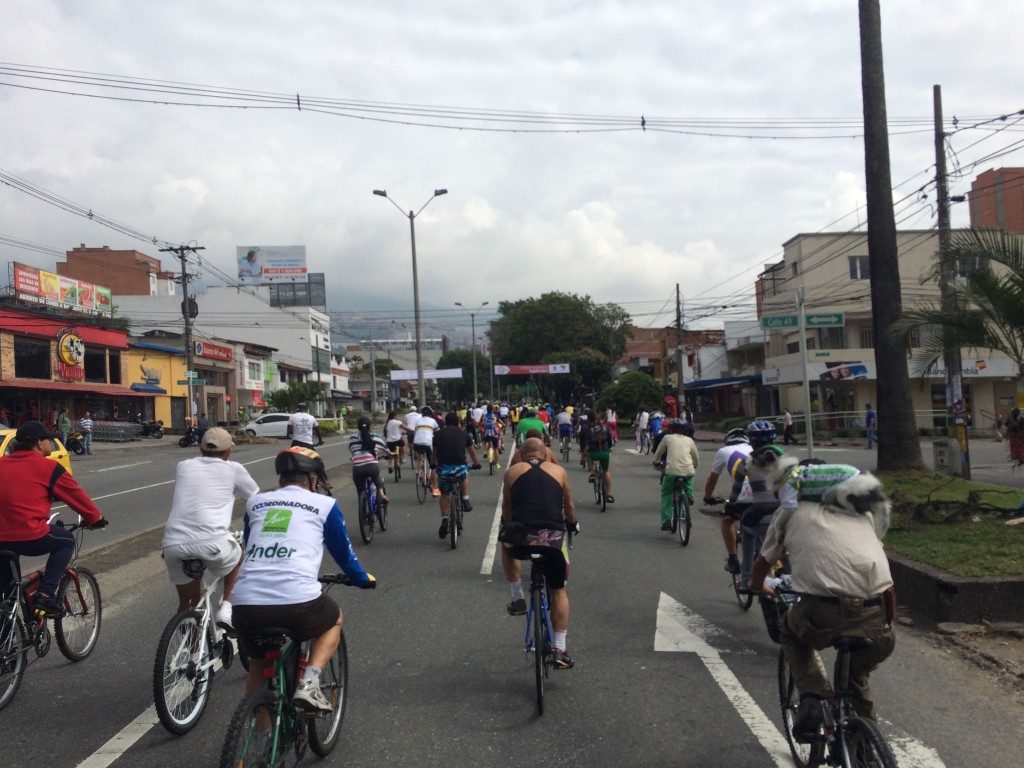

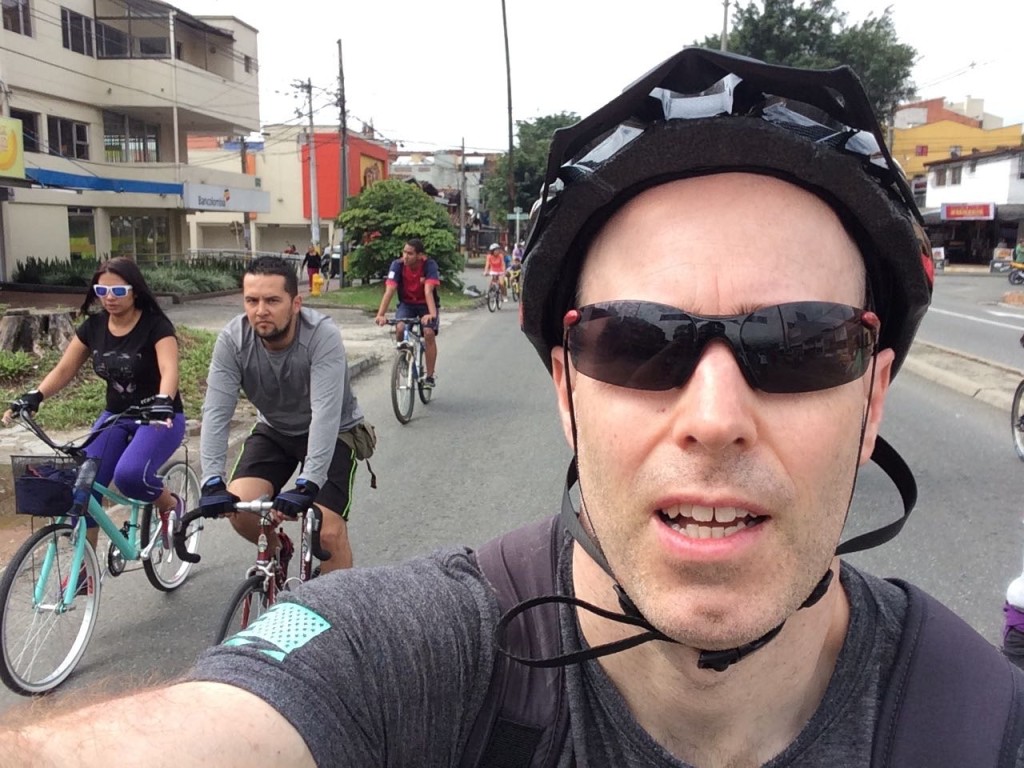
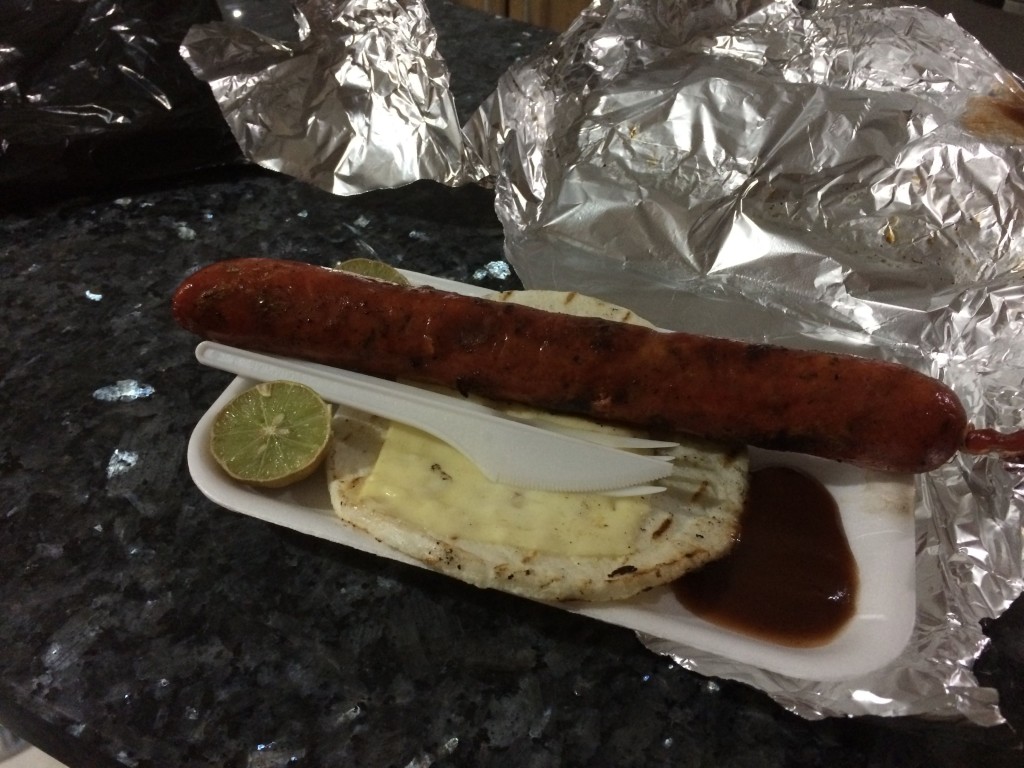

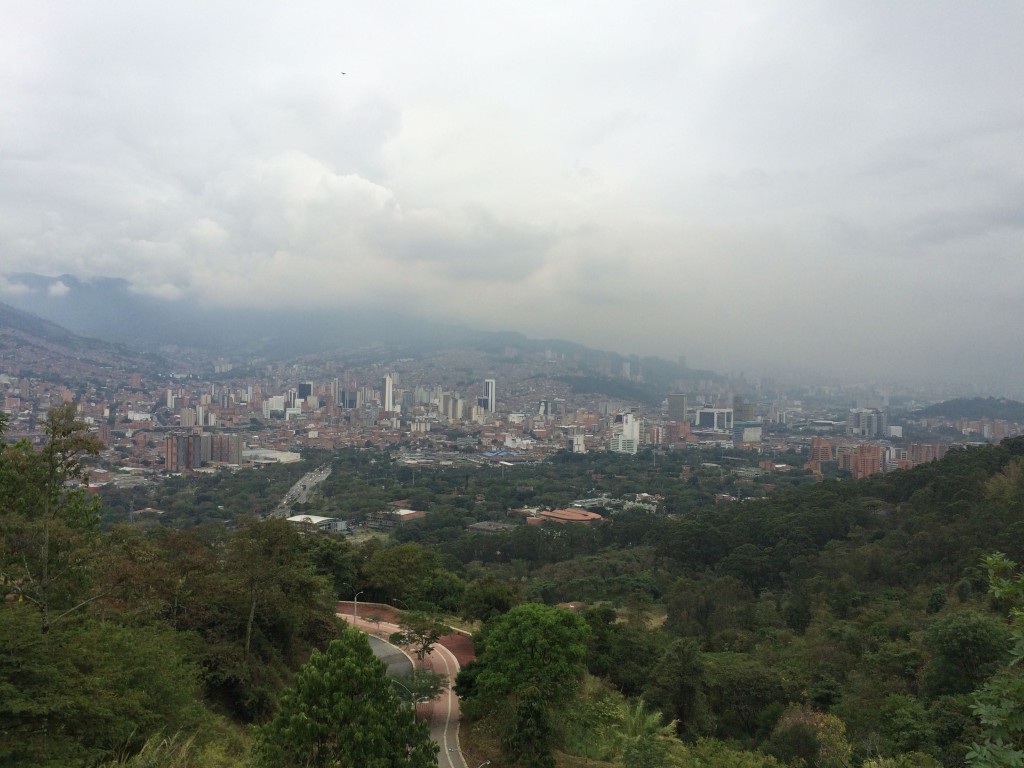
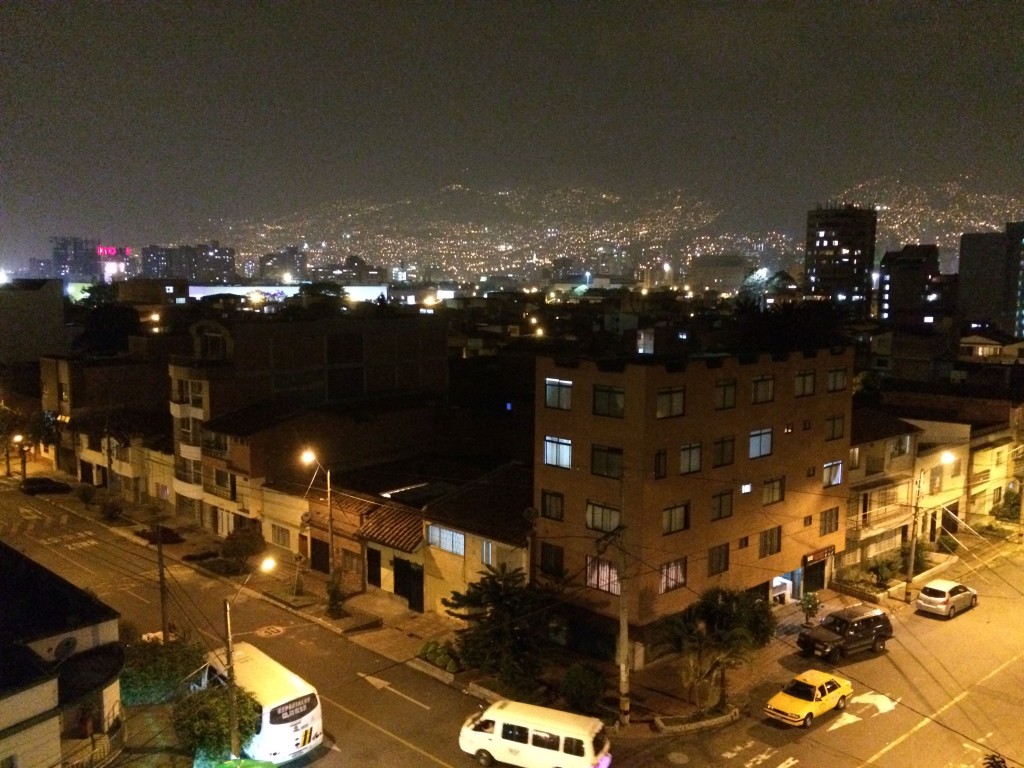
Recent Comments